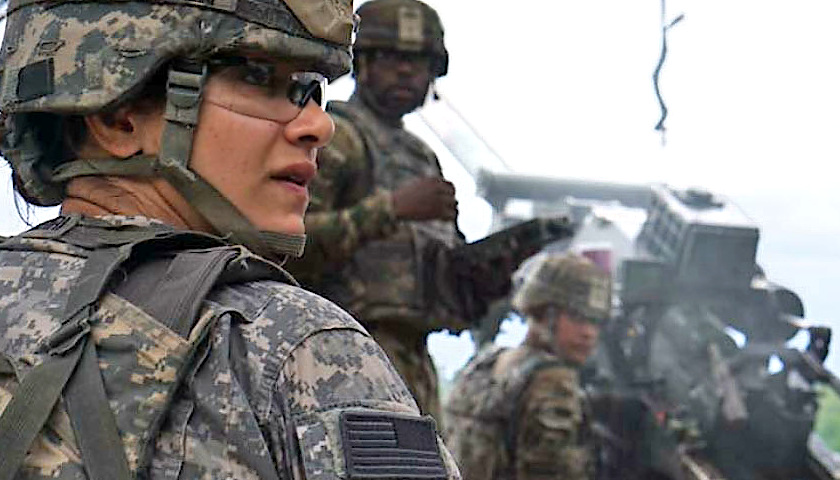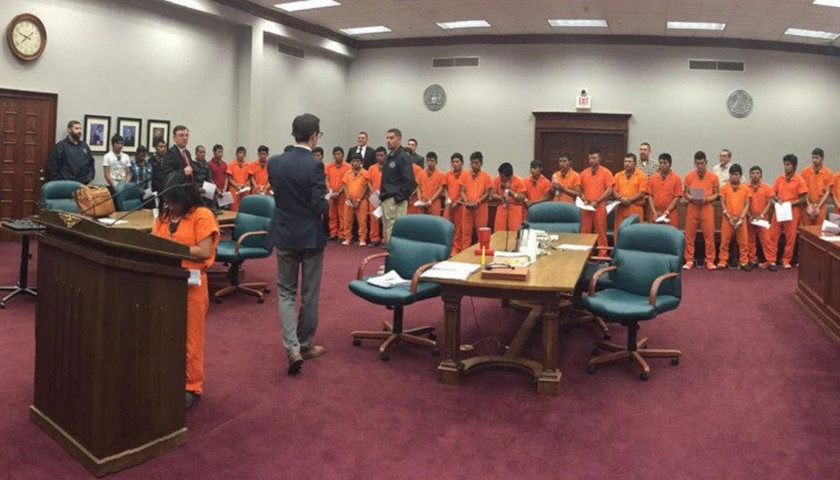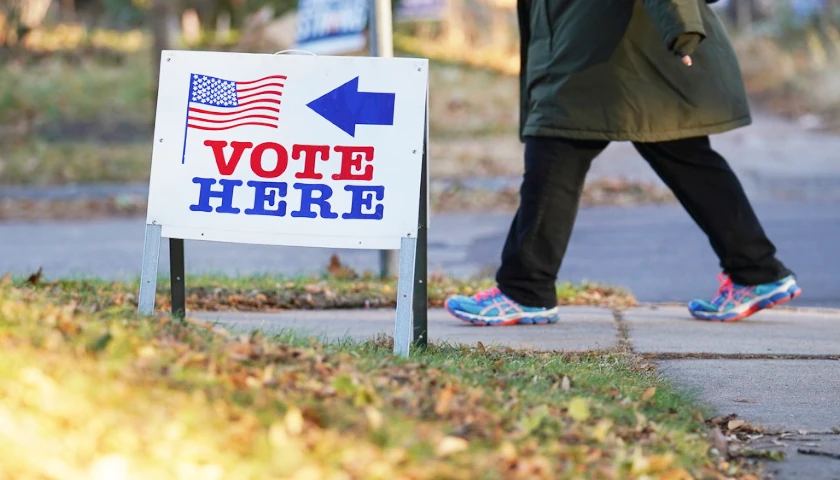by Max Jungreis
Pfc. Nichole Bowen-Crawford said she was walking to lunch on her Army base near Nasiriyah, Iraq, in 2003 when she received her daily proposition from a passing fellow soldier.
“Hey, Bowen,” the officer tossed out, “let’s go f— in the bunker.”
Bowen-Crawford told VOA that while this was the most shocking example of the day-to-day regimen of verbal sexual harassment she experienced while in the Army between 2001-2004, it was not her worst experience — she had been assaulted by a higher-ranking sergeant earlier that year.
When she reported the incident to a male supervisor, she was advised to stay quiet for the sake of her career.
Bowen-Crawford’s experience is not universal, but far from rare.
Suicide rate
A work environment tolerant of sexual assault and harassment is believed to be one of the causes of high suicide rates among female veterans, which soared more than 45 percent between 2001 and 2015, according to data from the U.S. Department of Veteran Affairs (VA).
The rate among female veterans is lower than that of male veterans, but not compared to their civilian counterparts. Female veterans are almost twice as likely to kill themselves as civilian women.
“Certainly a mental health diagnosis like PTSD is a risk factor for suicide,” said Megan McCarthy, VA deputy director of suicide prevention. “Certainly, there’s some evidence that experiencing MST (Military Sexual Trauma) is associated with suicidal thoughts and behaviors, so those that have experienced MST are more likely to think about suicide and possibly more likely to attempt suicide.”
McCarthy told VOA that the relationship between suicide and trauma is complex. The VA’s own research has shown that veterans who experience MST tend to be at higher risk for suicide. A 2016 VA survey of 60,000 veterans found that more than 41 percent of female veterans had experienced sexual harassment.
Many believe that the military’s flawed reporting mechanisms have aggravated the epidemic.
Sexual misconduct complaints are often handled by the alleged victim’s supervisor, who may have close ties to the accused. As the Convening Authority (CA), they have the power to act as judge in the case and appoint a jury, as well as decide if the charges should be referred to a court-martial.
Critics say this puts pressure on commanding officers to suppress allegations for the sake of their own reputations. Victims tend to face pressure to stay quiet, as well.
“Traditionally, if you talked about being sexually assaulted or being sexually harassed, you were seen as a troublemaker,” said Toni Rico, a former Army media relations worker who accompanied combat missions and now works as director of communications and policy for Service Women’s Action Network. “You were kind of harassed and faced retaliation. … So there’s this culture within the military of silence, and if you want it to negatively affect your career.”
Defense Department data
Protect Our Defenders, a nonprofit combating sexual assault in the military, has reported that 60 percent of men and 58 percent of women who reported sexual assault faced retaliation, based on an analysis of Department of Defense data. Veterans say retaliation can take the form of insults, social isolation and even physical threats.
But the greatest challenge to female veterans’ mental health may come after they leave service. Many report feeling there is no place for them in the Department of Veterans Affairs’ reintegration and health services, especially for sexual assault survivors.
“This is supposed to be where you get care when you’re dealing with whatever you’re dealing with, from your combat or from your service,” Bowen-Crawford said. “Getting hit on, it can be a trauma trigger.”
Bowen-Crawford said she sought treatment for PTSD elsewhere after being propositioned multiple times.
Outside the government, support groups exclusively for female veterans are rare, as well.
“I walked into an American Legion, and every gentleman I met there commented on the fact I was there and I was a woman Marine,” Dr. Kate Hendricks Thomas, a former Marine teaching public health at Charleston Southern University, told VOA. “They were in the kindest and well-intentioned possible way othering me and saying, ‘Wow, it’s really weird. I’ve never met a woman Marine. It’s weird to meet you.’”
Suicide rates steady for female vets
The lack of community and resources may help explain a 2015 study showing that while suicide rates steadily declined among male veterans of the Iraq War for seven years after leaving service, they remained elevated for women.
For veterans who attempt to kill themselves, the means are deadlier. Women who have served in the military use firearms to attempt suicide 41.2 percent of the time, compared to 32.4 of civilian women. The VA has said this may partly explain why the suicide rates are higher.
Suicide rates in the military and the civilian world have climbed in the last few years, but little public attention has been given to the dramatic rates among female veterans. Some say this may be because while women’s roles in the military are expanding, service is still seen as a traditionally male occupation.
“If you ask somebody what a veteran looks like, they’re not going to tell you that it’s a young woman from Kansas, you know?” Thomas said. “That’s just not the picture of a veteran.”
– – –
Max Jungreis is a reporter at Voice of America.




